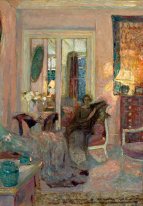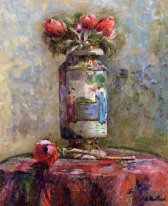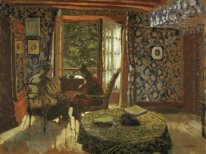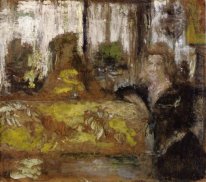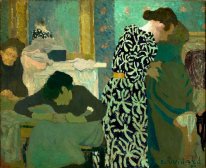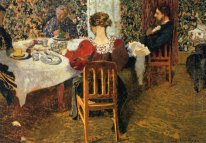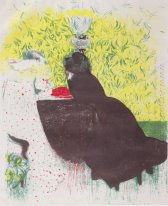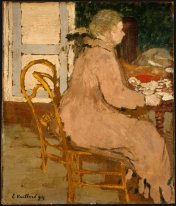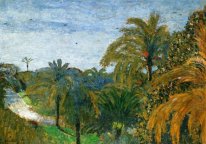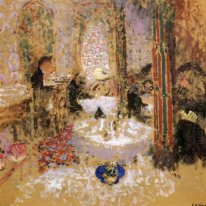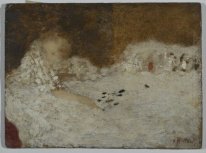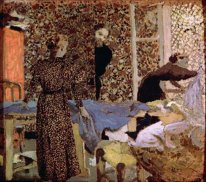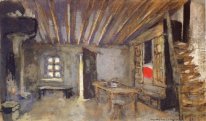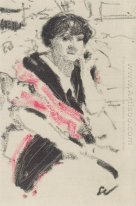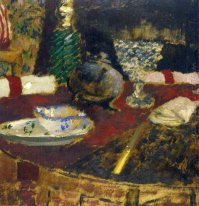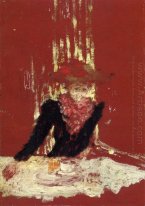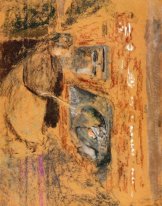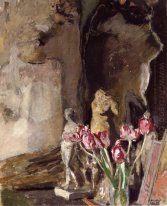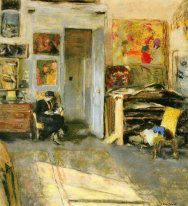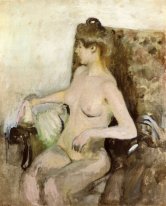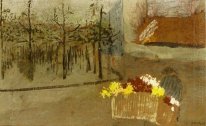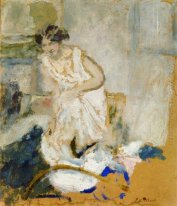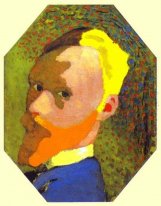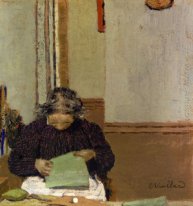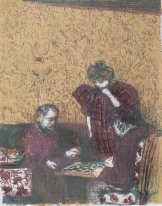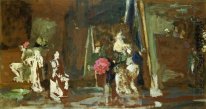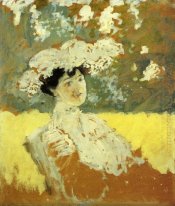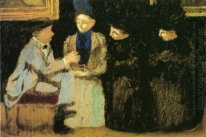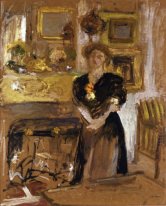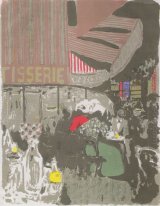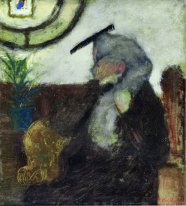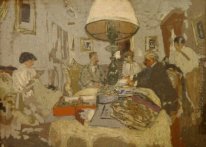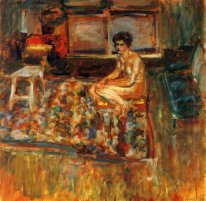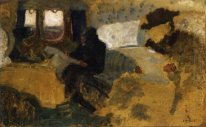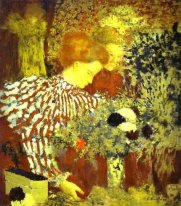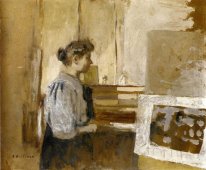Edouard Vuillard
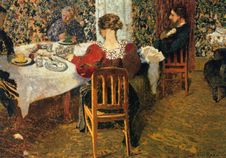
Edouard Vuillard was born in Cuiseaux on November 11, 1868, and lived in Paris as of 1877. He gets to know Ker-Xavier Roussel and Maurice Denis at the Lycée Condorcet, who are his fellow students. He finds his way to painting through Roussel, his later brother in law. Both attend the Académie des Beaux-arts as of 1888, and later the Académie Julian, where they also meet Pierre Bonnard and Félix Vallotton. Together, along with Paul Sérusier, they found the artists group "Nabis" (Hebrew: "The Prophets") in 1890.
Inspired by Japanese color woodcuts and the painting of Paul Gauguin, the artists experiment with a new concept of image space, in doing so they attain a decorative flatness and pattern-like order of what is depicted. The image's colors do not primarily consider the exact reproduction of the object, but follow esthetic aspects.
Edouard Vuillards painting "Au lit" from 1891 is a prime example of the artistic wants of "Nabis". However, his pictures do not entirely follow the "Nabis" symbolism, as they are characterized by a certain decency in form and color.
Among his most important works are portraits and interior pictures. He also creates a great oeuvre of lithographs. His works reflect simple settings and the realities of everyday life in Paris in his days. He finds his subjects right around him, his circle of family and friends.
In 1940 Edouard Vuillard leaves Paris to flee the approaching troops. He dies a little later in La Baule on the Atlantic coast on June 21, 1940.
In 1977 the Seibu Museum of Art in Tokyo sets up an important exhibition. The Lyon Musée des Beaux-Arts shows a retrospective in 1990. His art is also honored in exhibitions in the National Gallery of Art in Washington in 2003 and in 2008-2009 in the Staatliche Kunsthalle in Karlsruhe.





